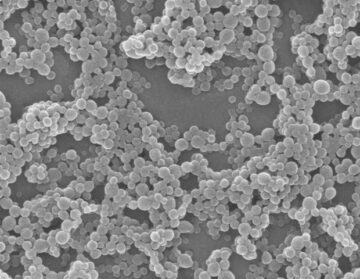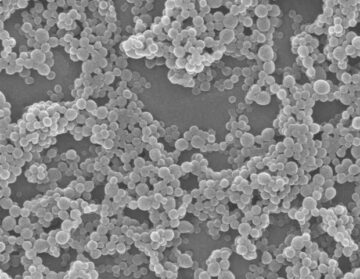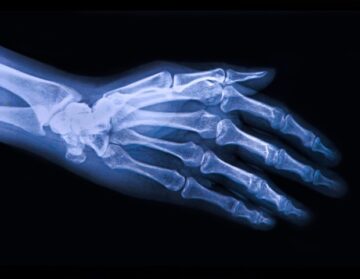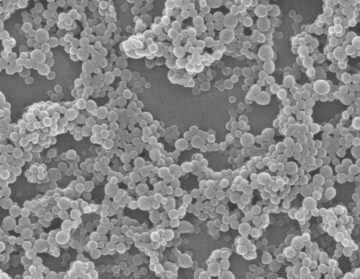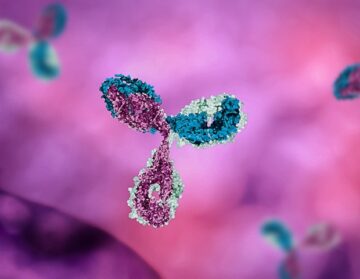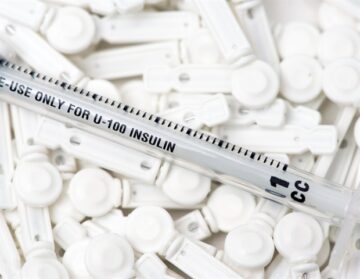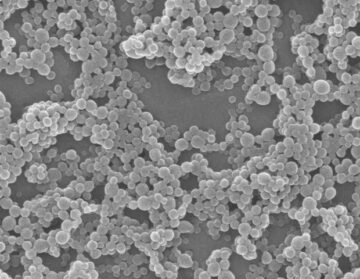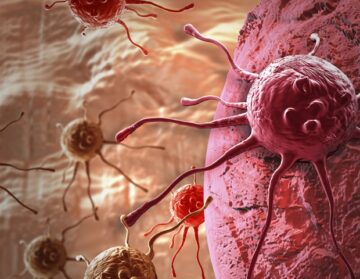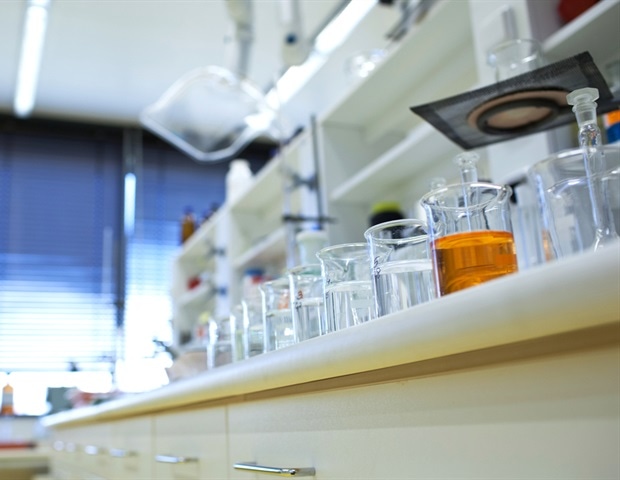
The testis is responsible for sperm production and testosterone synthesis. Abnormalities in testis development and function lead to disorders of sex development (DSD) and male infertility. Currently, no in vitro system exists for modeling the testis.
Dr. Nitzan Gonen, a researcher specializing in the process of fetal sex determination, together with research students Aviya Stopel, Cheli Lev and Stav Dahari, has succeeded in creating “laboratory testicles” that may significantly advance understanding of the mechanisms involved in sex determination and provide solutions for male infertility, which affects one in 12 men worldwide.
The artificial testicles produced in Dr. Gonen’s lab at the Goodman Faculty of Life Sciences and the Institute of Nanotechnology and Advanced Materials at Bar-Ilan University, are testis organoids – tiny, artificial organs produced from real mouse testis. Development of organoids has greatly advanced in the last decade with the realization that two-dimensional cellular sample in vitro cannot mimic the behavior of an entire organ. Today, organoids of the brain, kidneys, intestines, and other organs have already been produced. The testicular organoids created by Gonen’s group closely simulate a natural testicle.
The artificial testicles were cultured from immature testicular cells sampled from neonatal mice. The research team realized the procedure was a success when they identified tubule-like structures and cellular organization highly resembling that of the in vivo testis. These tubular structures parallel the multiple seminiferous tubules present in the natural testicle, where the sperm is produced.
The organoids were successfully cultured in vitro for nine weeks. This is considered a long period of time and can, theoretically, be enough time to complete the process of sperm production and hormone secretion. In mice this takes 34 days, so the relatively long lifespan of the organoids may allow these processes to occur in vitro. Dr. Gonen doesn’t yet know if the existing model will actually produce sperm cells, but the laboratory team has already noticed signs of the beginning of meiosis, a process in which gametes are produced. Gametes are reproductive cells, in this case sperm cells with half the number of chromosomes as in a normal cell, that “await” for the completion of the other half from another gamete, in this case an egg, upon fertilization.
Organoids usually resemble organs in the embryonic stage. In this case the researchers created conditions that allowed the organoid to mature in the laboratory and showed that even testicles grown from embryonic cells can develop and grow clear sperm tubes. The team was unsuccessful in its attempt to grow organoids from adult mice testis.
Artificial testicles are a promising model for basic research on testicle development and function, which can be translated into therapeutic applications for disorders of sexual development and infertility.”
Dr. Nitzan Gonen, Researcher
In the future she plans to produce organoids using human samples. A testis produced from human cells, for example, could help children being treated for cancer, which may impair their ability to produce functional sperm. As children are too young to produce their own sperm, these samples can be frozen and used in the future to have children. Gonen’s vision is to grow testes organoids from biopsies of children with cancer and hopefully grow fertile sperm in vitro.
The finding of this study were recently published in the International Journal of Biological Sciences.
Stopel, A., et al. (2024). Towards a “Testis in a Dish”: Generation of Mouse Testicular Organoids that Recapitulate Testis Structure and Expression Profiles. International Journal of Biological Sciences. doi.org/10.7150/ijbs.89480.
- SEO Powered Content & PR Distribution. Get Amplified Today.
- PlatoData.Network Vertical Generative Ai. Empower Yourself. Access Here.
- PlatoAiStream. Web3 Intelligence. Knowledge Amplified. Access Here.
- PlatoESG. Carbon, CleanTech, Energy, Environment, Solar, Waste Management. Access Here.
- PlatoHealth. Biotech and Clinical Trials Intelligence. Access Here.
- Source: https://www.news-medical.net/news/20240220/e2809cLaboratory-testiclese2809d-could-solve-male-infertility-mysteries.aspx
- :has
- :is
- :where
- 12
- 2024
- 34
- a
- ability
- abnormalities
- AC
- actually
- Adult
- advance
- advanced
- Advanced materials
- affects
- AL
- allow
- allowed
- already
- an
- and
- Another
- applications
- ARE
- artificial
- AS
- At
- attempt
- author
- await
- basic
- BE
- been
- Beginning
- behavior
- being
- Brain
- but
- by
- CAN
- Cancer
- cannot
- case
- cell
- Cells
- cellular
- Children
- Chromosomes
- clear
- closely
- complete
- completion
- conditions
- considered
- could
- created
- Creating
- Currently
- Days
- decade
- determination
- develop
- Development
- disorders
- doesn
- dr
- end
- enough
- Entire
- Even
- example
- existing
- exists
- expression
- fertile
- finding
- For
- from
- frozen
- function
- functional
- future
- generation
- Goodman
- greatly
- Group
- Grow
- grown
- Half
- Have
- help
- highly
- Hopefully
- http
- HTTPS
- human
- identified
- if
- in
- Institute
- into
- involved
- ITS
- journal
- jpg
- Kidneys
- Know
- lab
- laboratory
- Last
- lead
- Life
- Life Sciences
- lifespan
- Long
- male
- materials
- mature
- May..
- mechanisms
- medical
- Men
- mice
- Middle
- Mobile
- model
- modeling
- mouse
- multiple
- name
- nanotechnology
- Natural
- news
- nine
- normal
- noticed
- number
- occur
- of
- on
- ONE
- organization
- Other
- own
- Parallel
- period
- plans
- plato
- Plato Data Intelligence
- PlatoData
- present
- procedure
- process
- processes
- produce
- Produced
- Production
- Profiles
- promising
- provide
- published
- real
- realization
- realized
- recently
- reference
- relatively
- research
- researcher
- researchers
- resembling
- responsible
- s
- sample
- SCIENCES
- Sex
- Sexual
- she
- showed
- significantly
- Signs
- simulate
- So
- Solutions
- SOLVE
- Sources
- specializing
- sperm
- Stage
- structure
- structures
- Students
- Study
- success
- Successfully
- synthesis
- system
- T
- takes
- team
- testosterone
- that
- The
- The Future
- their
- theoretically
- Therapeutic
- These
- they
- this
- time
- tiny
- to
- today
- together
- too
- towards
- translated
- treated
- understanding
- university
- upon
- URL
- used
- using
- usually
- vision
- vivo
- was
- Weeks
- were
- when
- which
- will
- with
- worldwide
- yet
- young
- zephyrnet

